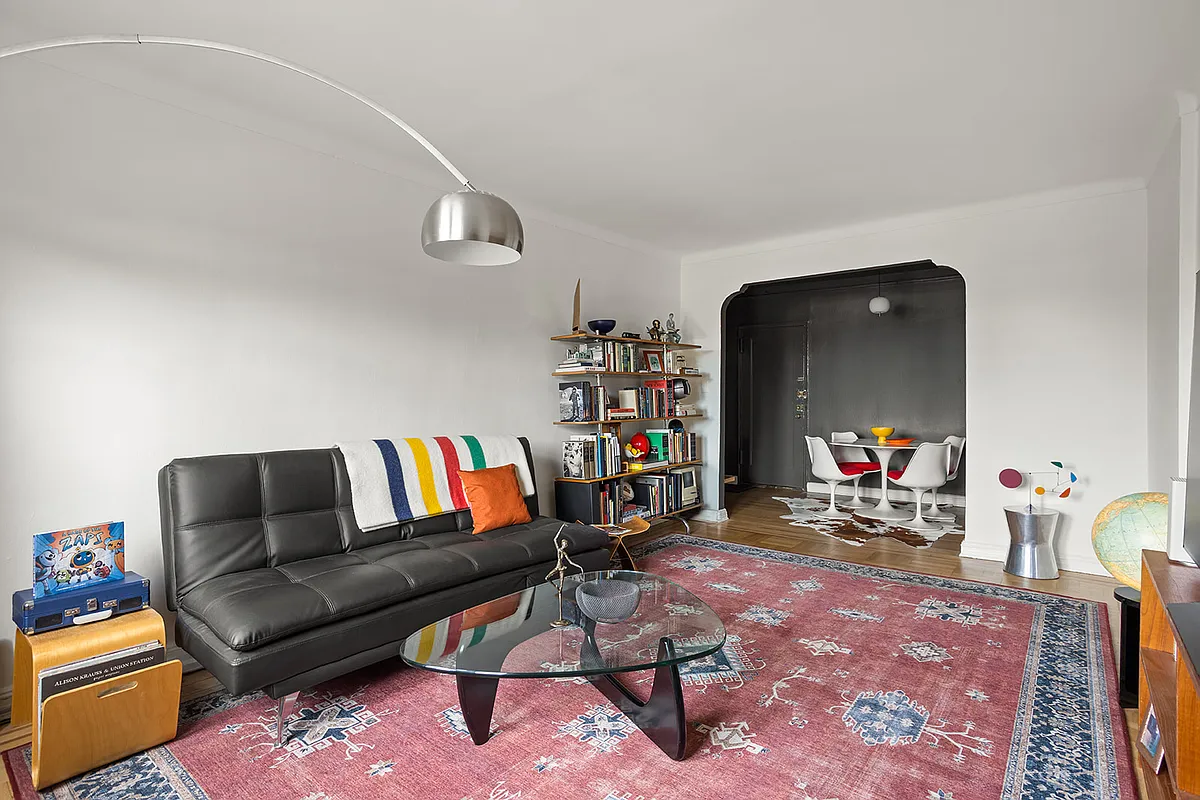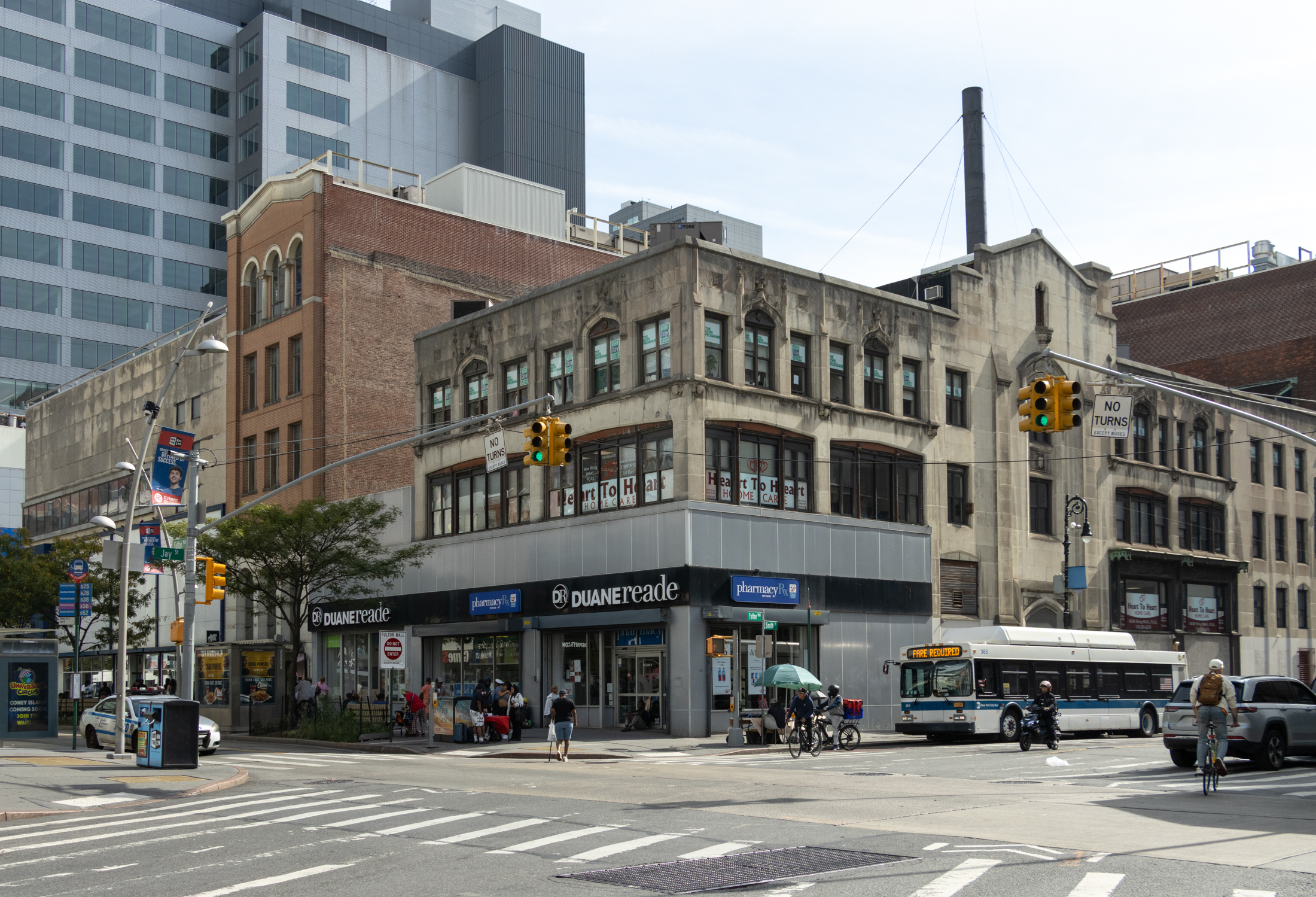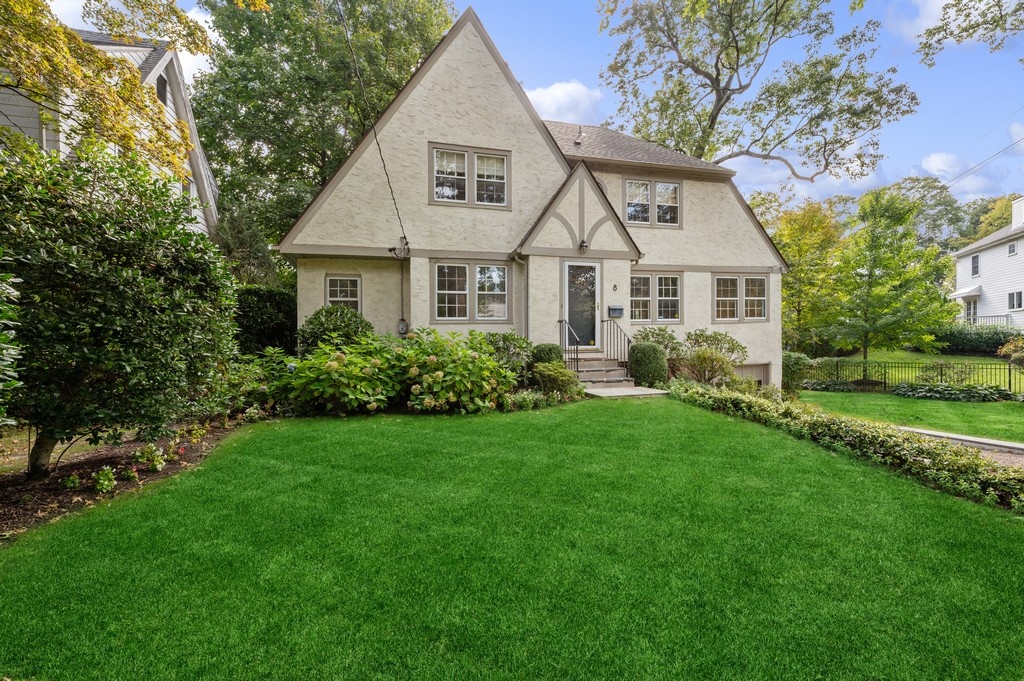280 Hicks Sells in Auction Bidding War
Here’s another bullish indicator for the blue-chip Brooklyn market. When 280 Hicks came up for Public Auction last October with an opening price of $2,000,000 it garnered nary a bid. When it was listed again last week with an opening price of $1,800,000, it garnered multiple bids and ultimately sold for $2,080,000. For a list…


Here’s another bullish indicator for the blue-chip Brooklyn market. When 280 Hicks came up for Public Auction last October with an opening price of $2,000,000 it garnered nary a bid. When it was listed again last week with an opening price of $1,800,000, it garnered multiple bids and ultimately sold for $2,080,000. For a list of the other properties that sold, check out the list on the jump.
Public Estate Auction This Weekend [Brownstoner]
432 Halsey Street $450,000
199 Hancock Street $525,000
961 Lorimer Street $695,000
1167 Halsey Street $330,000
1035 E. 53rd Street $455,000
484 Greene Avenue $450,000
258 E. 28th Street $395,000
1395 Carroll Street $760,000
Versa Place, Shirley, NY $80,000





From Horses to Artists:
It seems obvious that the buyer of 280 Hicks will gut renovate and reconfigure it. It would make sense to lessen the square footage of the garage and move the stairwell, which would connect the living spaces on the first and second floors. With a 20 length garage, that would give a huge 55 foot expanse for the kitchen/dining/living space on the first floor. The second floor, which is also 25×75, can easily be divided into four comfortable-sized bedrooms with plenty of room to create a huge master en-suite bathroom/dressing room plus laundry room plus guest bathroom. Unlike many carriage houses that are located in the alley ways (e.g., Grace Court Alley, College Place, Hunts Lane), 280 Hicks has a good-sized garden measuring approx 20′ x 25′. The net result will be a family-sized home with four bedrooms, garden and garage, which is a desirable combo in Brooklyn Heights or any brownstone neighborhood where parking is at a premium.
I was fascinated by this house when I viewed it and did some quick checking on the web. One interesting hit was the fact that famous abtract painter Esteban Vincente lived in 280 Hicks in 1942-46. That explains the huge north-facing skylight and large open room on the second floor. He must have used that for painting and used the front two rooms as his bedroom and kitchen (which is how it is currently set up).
The other thing that struck me were the massive floor joists. Like many carriage houses, it was built to hold very heavy weight on the second floor because that is where they stored the bales of hay and food for the horses that stayed in the stables on the first floor.
The set-up of this house makes sense. On the second floor, the front bedroom/kitchen and one additional room was where the driver lived. The large room on the 2nd floor rear is where bales of hay and food were stored. The large garage is where the horse stables were located and where the carriages were kept.
During the 1940s, many abstract/expressionist painters moved into carriage houses in Brooklyn Heights, which may explain why so many of them have large skylights built into the large rear room on the 2nd floor.
In all, the weekend open house of 280 Hicks Street was a fascinating look at a bit of history from the mid-1800s (horses) through the mid-1940s (artists). For me, it was well worth the short trip to Brooklyn Heights because I felt a real attachment to a different era of time and I could imagine how this particular building went from a stable for horses, to a studio for artists, and will soon be transformed into a home for a 21st Century family. In that respect, this was more fascinating than the House Tours.
This property was offered only once before Oct 2009 at 4 million, not 2 million. One person was prepared to bid but, since there were no other bidders, he did not bid that time (waiting for it to go down). In May 2010, the opening bid dropped from 4 MILLION to 1.8 million. With that as an opening bid, I knew it would sell this time. It actually didn’t go for much more than the opening bid.
Guys,
We are falling into a deflationary spiral. Credit (90% of the money supply) is money and money is credit. It is now contracting. The government is hiding it by spending over 12% of GDP. It’s a Ponzi game. Greece is the major trigger. This is the Greater Depression. You will see.
***Bid half off peak comps***
“Financial storm definitely passed.” – Bernard Baruch, cablegram to Winston Churchill, November 15, 1929
“I see nothing in the present situation that is either menacing or warrants pessimism… I have every confidence that there will be a revival of activity in the spring, and that during this coming year the country will make steady progress.” – Andrew W. Mellon, U.S. Secretary of the Treasury December 31, 1929
“I am convinced that through these measures we have reestablished confidence.” – Herbert Hoover, December 1929
“[1930 will be] a splendid employment year.” – U.S. Dept. of Labor, New Year’s Forecast, December 1929
“For the immediate future, at least, the outlook (stocks) is bright.” – Irving Fisher, Ph.D. in Economics, in early 1930
“…there are indications that the severest phase of the recession is over…” – Harvard Economic Society (HES) Jan 18, 1930
“There is nothing in the situation to be disturbed about.” – Secretary of the Treasury Andrew Mellon, Feb 1930
“The spring of 1930 marks the end of a period of grave concern…American business is steadily coming back to a normal level of prosperity.” – Julius Barnes, head of Hoover’s National Business Survey Conference, Mar 16, 1930
“… the outlook continues favorable…” – HES Mar 29, 1930
“… the outlook is favorable…” – HES Apr 19, 1930
“While the crash only took place six months ago, I am convinced we have now passed through the worst — and with continued unity of effort we shall rapidly recover. There has been no significant bank or industrial failure. That danger, too, is safely behind us.” – Herbert Hoover, President of the United States, May 1, 1930
“…by May or June the spring recovery forecast in our letters of last December and November should clearly be apparent…” – HES May 17, 1930
“Gentleman, you have come sixty days too late. The depression is over.” – Herbert Hoover, responding to a delegation requesting a public works program to help speed the recovery, June 1930
“… irregular and conflicting movements of business should soon give way to a sustained recovery…” – HES June 28, 1930
“… the present depression has about spent its force…” – HES, Aug 30, 1930
“We are now near the end of the declining phase of the depression.” – HES Nov 15, 1930
[fast forward]…
“As I noted before, the market for Brooklyn brownstones bottomed at the end of 2009.” – DIBS May 5, 2010
***Bid half off peak comps***
“cjmorris….were you asleep for the selloff???? The 1Q report indicates a turn from about 5 consecutive quarters of falling prices.”
Um…you just proved my point, it’s backward looking. Anyway, moving on.
cjmorris….were you asleep for the selloff???? The 1Q report indicates a turn from about 5 consecutive quarters of falling prices.
GCA: you have the dimensions of the property correct: 25×75 on two floors equals 3,750 sq ft, but the quoted 2,800 number exclude the garage. The garage (950 sqft) is huge – could easily fit three cars and have tons of extra space. Layout of the building is very odd. The back half of the first floor (behind the garage) has no connection to the second floor except by walking through the garage. And while the second floor features (including 18-20 foot ceilings, a hayloft and a massive ceiling panel of skylights) are very cool, they make it very difficult to divide the space, so you really can’t get enough bedrooms for a family to live here, even with extensive renovations.
http://www.prudentialelliman.com/images/marketreports/Brooklyn_Q1_2010.pdf
The problem with these reports is that they are always backward looking. Similar reports back in 2006 did not scream real estate topping either.
“See the psf numbers in the PDE 1Q report. Get back to me after you’ve read it.”
No Dave about selling YOUR house in 1-3 years..
Metrics please..
The What
Someday this war is gonna end..